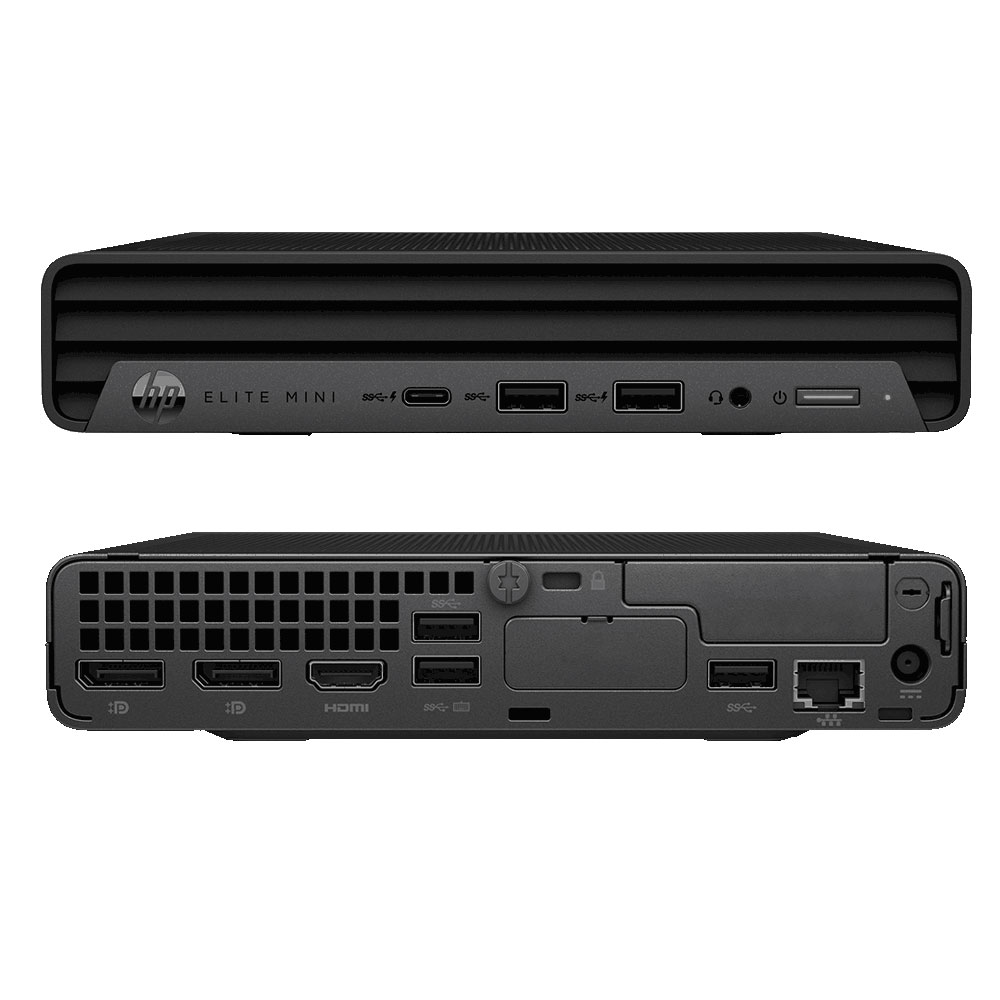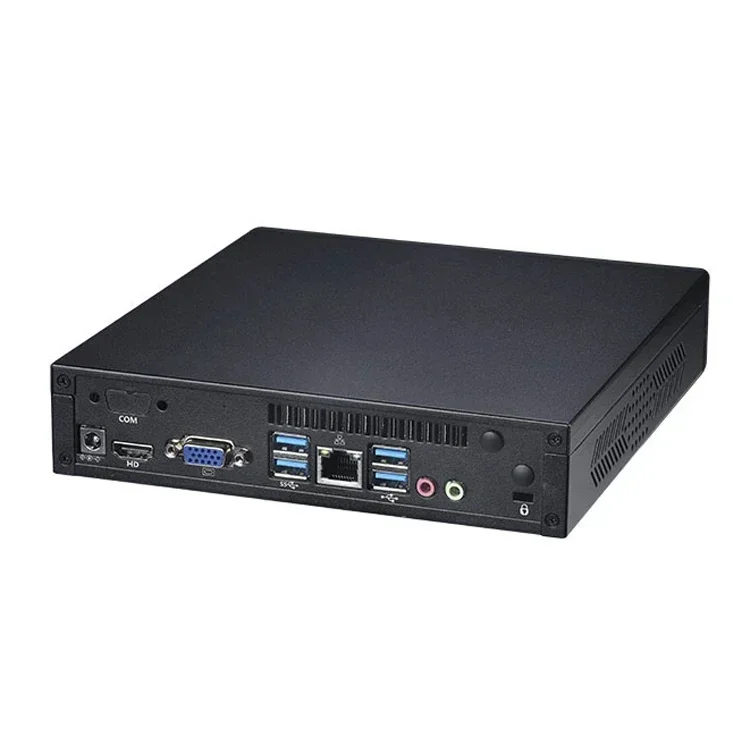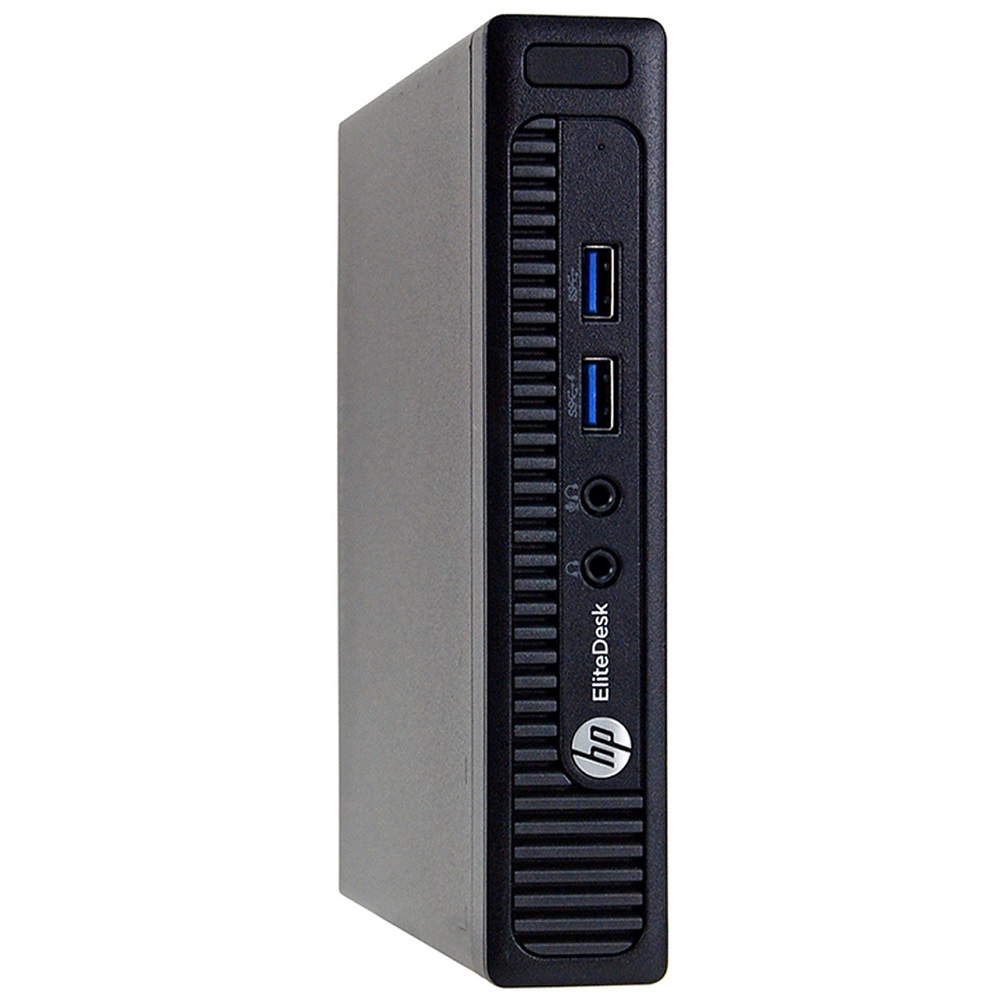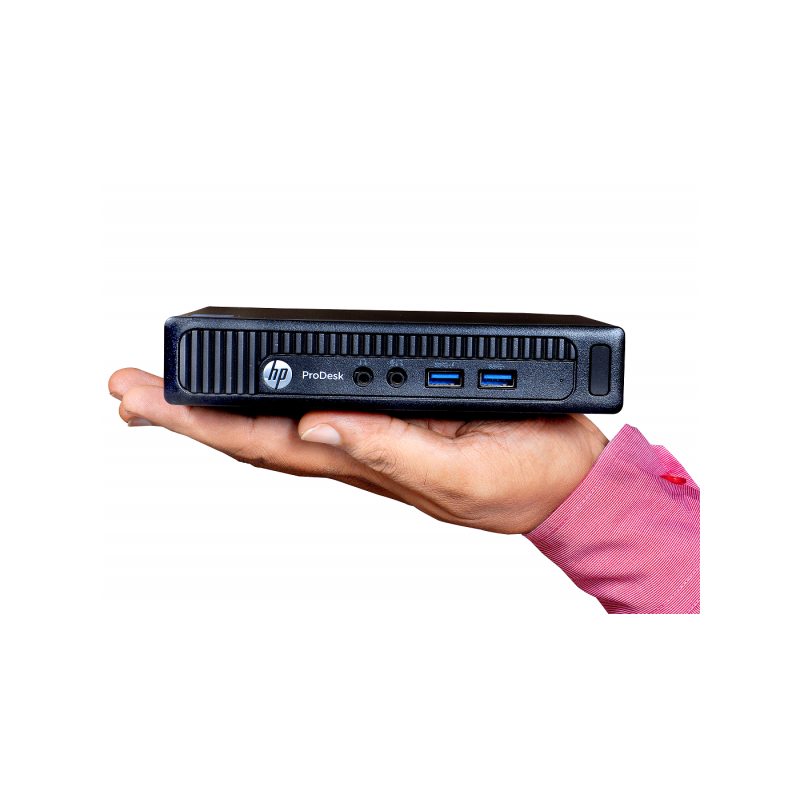Setting up an HP Mini Desktop can be an exciting venture. These compact computers pack a punch for their size and are perfect for various computing tasks. To ensure your HP Mini Desktop runs efficiently and effectively, it’s essential to follow specific steps during the setup process. This article provides valuable tips for setting up your device for optimal performance.
Unpacking and Initial Setup
Check the Contents of the Box
Before diving into the setup, start by unpacking your HP Mini Desktop carefully. Check the contents of the box against the included list. Ensure you have the desktop unit, power adapter, monitor (if applicable), keyboard, and mouse. If any items are missing or damaged, contact HP support for assistance right away. Properly organizing your workspace will help streamline the setup process.
Find the Right Location
Choosing the right location for your HP Mini Desktop is crucial. Look for a flat, stable surface that can accommodate your monitor and accessories. Avoid placing the desktop in direct sunlight or near heat sources, as this can cause overheating. Ensure there is adequate airflow around the device; this will help keep it cool during operation. Also, consider proximity to power outlets and your internet connection for convenience.

Connecting Hardware
Attach the Monitor
If you have a monitor, connect it to your HP Mini Desktop first. Most modern monitors use HDMI or DisplayPort; check which connection your monitor supports. Securely plug one end of the cable into the monitor and the other into the corresponding port on the back of the desktop. Tighten the connection if necessary. Once connected, power on the monitor.
Connect Keyboard and Mouse
Next, connect your keyboard and mouse. If you have wired devices, plug them into the USB ports on the front or back of the desktop. For wireless devices, insert batteries and follow the manufacturer’s pairing instructions to ensure they connect properly. Once all hardware is connected, power on your HP Mini Desktop and proceed with the software setup.
Operating System Configuration
Follow the On-Screen Setup Guide
When you power on your HP Mini Desktop for the first time, it will guide you through the operating system setup. Follow the on-screen prompts to configure your settings. This typically includes selecting your language, connecting to Wi-Fi, and signing in with your Microsoft account or creating a local account. Take your time to ensure you enter information correctly; this will save you hassle later.
Update the Operating System
After setting up the operating system, it’s crucial to check for updates. Go to the “Settings” menu, then navigate to “Update & Security.” Click on “Check for updates.” Installing the latest updates helps improve performance, security, and stability. Regularly updating your OS also ensures compatibility with new software applications.
Installing Essential Software
Download Drivers and Utilities
Once your operating system is up to date, download the latest drivers and utilities for your HP Mini Desktop. Visit the HP Support website and look for your specific model. Installing the latest drivers helps optimize hardware performance, ensuring that your keyboard, mouse, and graphics functions work smoothly. HP may also provide utilities that enhance system functionality.
Install Productivity Software
Consider downloading essential software that fits your needs. Popular choices include Microsoft Office, web browsers like Google Chrome or Firefox, and media players like VLC. Depending on your use case, you might also want graphic design tools, programming environments, or communication apps. By personalizing your software environment, you enhance your desktop’s usability right from the start.

Optimizing Settings
Adjust Power Settings
Optimizing power settings is essential for maintaining performance. In the Control Panel, navigate to “Power Options.” Choose a power plan that fits your usage—”Balanced” is suitable for most users. If you prioritize performance, consider switching to “High performance.” Adjusting these settings helps manage how your HP Mini Desktop conserves energy versus maximizing speed and responsiveness.
Customize Display Settings
Adjusting display settings can improve your viewing experience. Right-click on the desktop and select “Display settings.” Here, you can tweak resolution, scaling, and orientation according to your preferences. Choosing the optimal resolution for your monitor enhances clarity. Consider adjusting brightness and Night Light settings to reduce eye strain during long sessions.
Enhancing Performance and Storage
Use SSDs for Speed
If your HP Mini Desktop has an option for upgrading storage, consider installing a Solid-State Drive (SSD). SSDs offer faster read and write speeds compared to traditional Hard Disk Drives (HDDs). This upgrade not only speeds up boot times but also enhances application loading and overall system responsiveness. If your desktop already has an SSD, ensure it has sufficient space available for optimal performance.
Manage Storage Space
Regularly managing storage space is crucial for maintaining performance. Open “File Explorer” to check your available storage. Delete unnecessary files and uninstall applications you no longer use. Consider using cloud storage solutions for files you don’t frequently access. Keeping your storage organized prevents slowdowns and keeps your essential files easily accessible.
Regular Maintenance
Perform System Cleanups
To keep your HP Mini Desktop running smoothly, schedule regular maintenance. Use built-in tools like Disk Cleanup to remove unwanted files and free up space. Additionally, consider using a third-party application for cleaning and optimizing your system. These tools can remove temporary files, clear browser caches, and even manage startup programs, leading to enhanced performance.
Keep Software Updated
In addition to operating system updates, ensure your applications remain current. Regular software updates often include performance enhancements and security patches. Many programs can be set to update automatically—this saves time and ensures you benefit from the latest features. Make it a habit to check for updates every few weeks.

Networking and Security
Establish a Secure Wi-Fi Connection
Once your HP Mini Desktop is up and running, prioritizing network security is essential. Ensure that you connect to a secure Wi-Fi network, protected by a strong password. Avoid using public networks for sensitive activities like online banking. You can further enhance your network security by changing the default router password and making use of encryption protocols like WPA3 if available. Regularly monitor connected devices to identify any unauthorized access. Establishing a secure Wi-Fi connection lays the groundwork for safe internet browsing and data sharing.
Install Antivirus Software
With your desktop connected to the internet, consider installing reliable antivirus software. Many free and paid options are available, each offering varying levels of protection against malware, phishing attempts, and other online threats. Look for antivirus solutions that include real-time scanning and automatic updates to ensure you stay protected against new threats. Schedule regular system scans to catch potential issues early. A robust antivirus program will help keep your HP Mini Desktop safe as you browse, download files, and perform online activities.
Conclusion
Setting up your HP Mini Desktop for optimal performance involves careful planning and execution. From unpacking and hardware connections to software installation and regular maintenance, each step plays a vital role in ensuring a smooth experience. By following these tips, you will not only enhance your desktop’s performance but also create a personalized computing environment that fits your needs.
Regular evaluation of your setup can lead to even better functionality over time. With proper care and attention, your HP Mini Desktop can serve as a reliable and efficient tool for all your computing tasks, from work projects to leisure activities. Embrace the capabilities of your new desktop, and enjoy all the advantages that come with it.
